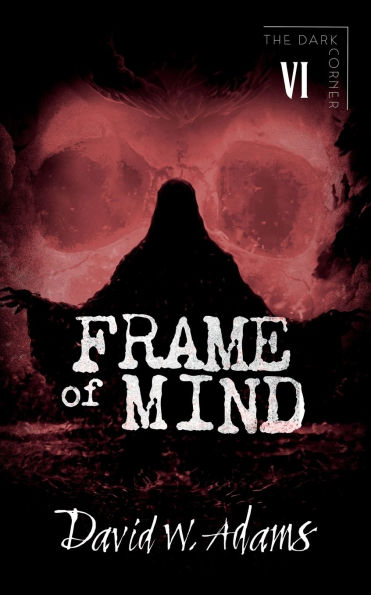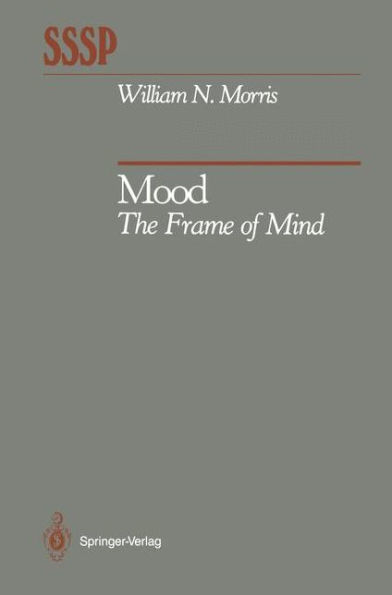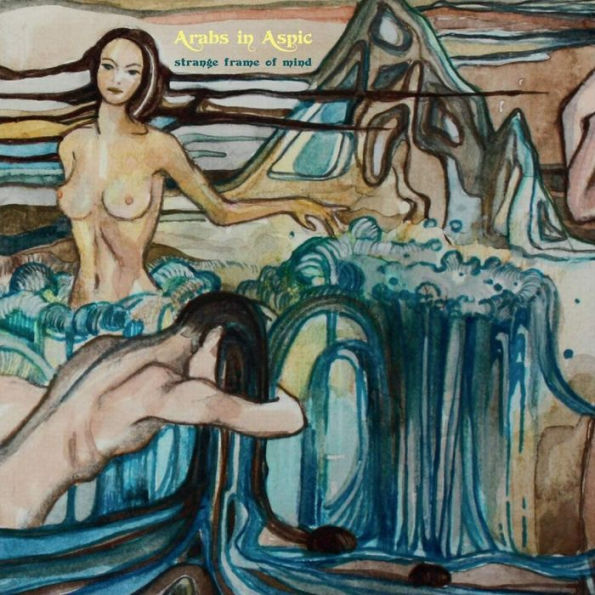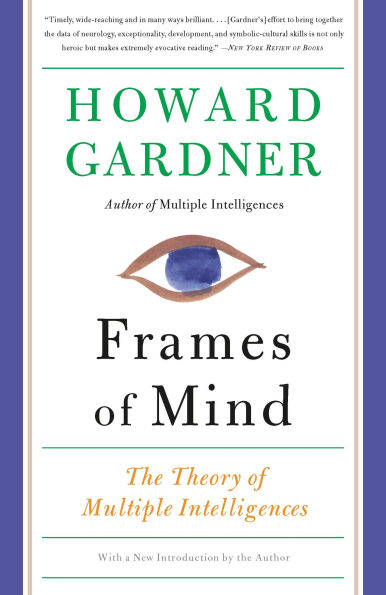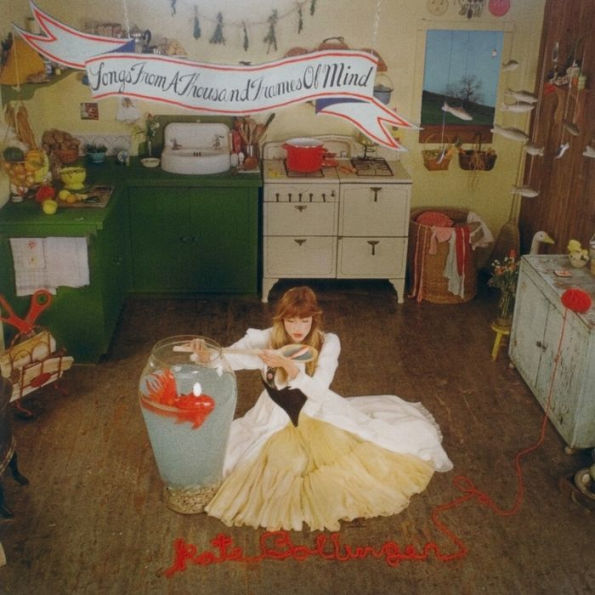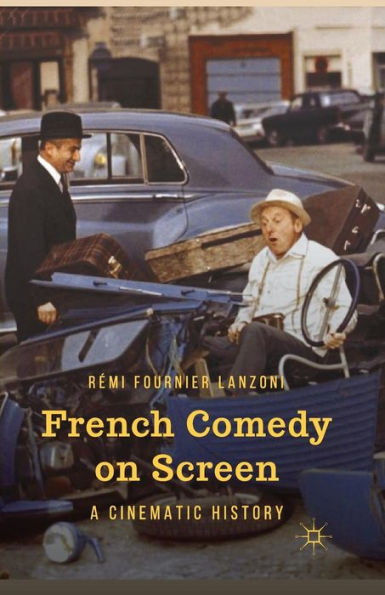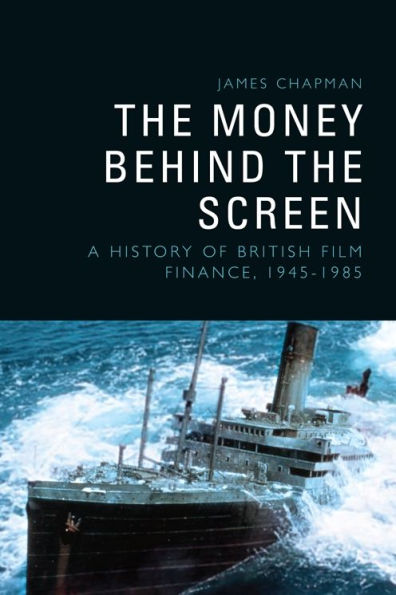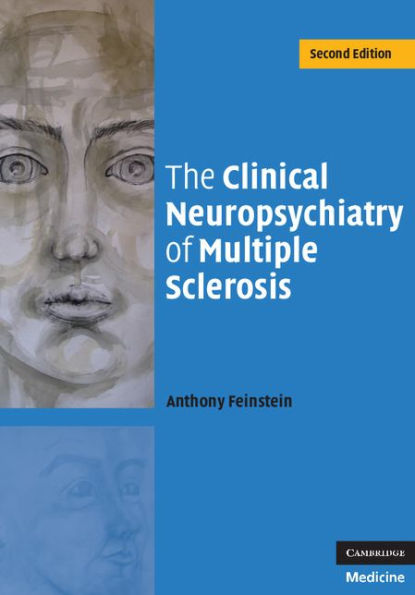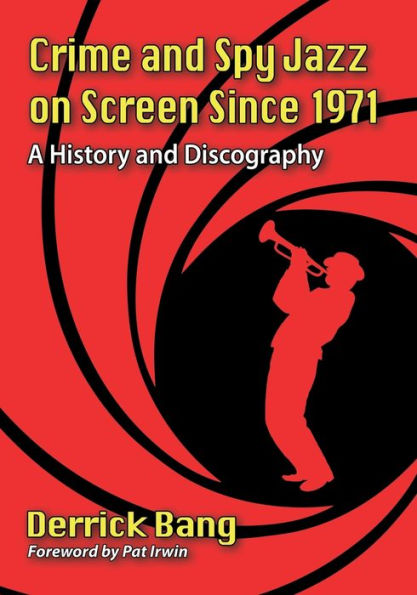Home
Frames of Minds: A History Neuropsychiatry on Screen
Barnes and Noble
Frames of Minds: A History Neuropsychiatry on Screen
Current price: $89.95
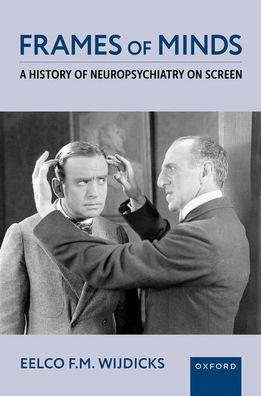

Barnes and Noble
Frames of Minds: A History Neuropsychiatry on Screen
Current price: $89.95
Size: Hardcover
Loading Inventory...
*Product information may vary - to confirm product availability, pricing, shipping and return information please contact Barnes and Noble
As a medium that aims to connect people through the communication and interpretation of experiences, cinema is uniquely positioned to showcase cultural misunderstandings around issues of mental health.
Frames of Minds
traces a history of psychiatry in film, concentrating on the major paradigm shifts in neuropsychiatry over the last century. Oftentimes, representations of psychiatry, mental illness, and psychotic breakdown are reduced to tropes and used by filmmakers as a tool for plot progression. Conversely, films can be used as an avenue to voice common concerns about the missteps of psychiatry, including overdiagnosis and mistreatment. Dr. Eelco Wijdicks provides fresh insights into the minds of filmmakers and how they creatively tackle this complex topic. How do filmmakers use psychiatry, and what do they want us to see? What is their frame of mindpsychoanalytically, biologically, sociologically, anthropologically? Were they influenced by their own prejudices about the origins of mental illness? How does this influence the direction of their films?
Examining the history of film alongside developments in neuropsychiatry,
uncovers a cinematic language of psychiatry. By taking chances to portray mental illness, filmmakers aim to achieve a sense of reality, and provide catharsis for viewers through the act of dramatization. Ultimately, the history of psychiatry in film is a history of the public perception of medicine, and the ways psychiatry is understood by directors, writers, actors, and audiences.
Frames of Minds
traces a history of psychiatry in film, concentrating on the major paradigm shifts in neuropsychiatry over the last century. Oftentimes, representations of psychiatry, mental illness, and psychotic breakdown are reduced to tropes and used by filmmakers as a tool for plot progression. Conversely, films can be used as an avenue to voice common concerns about the missteps of psychiatry, including overdiagnosis and mistreatment. Dr. Eelco Wijdicks provides fresh insights into the minds of filmmakers and how they creatively tackle this complex topic. How do filmmakers use psychiatry, and what do they want us to see? What is their frame of mindpsychoanalytically, biologically, sociologically, anthropologically? Were they influenced by their own prejudices about the origins of mental illness? How does this influence the direction of their films?
Examining the history of film alongside developments in neuropsychiatry,
uncovers a cinematic language of psychiatry. By taking chances to portray mental illness, filmmakers aim to achieve a sense of reality, and provide catharsis for viewers through the act of dramatization. Ultimately, the history of psychiatry in film is a history of the public perception of medicine, and the ways psychiatry is understood by directors, writers, actors, and audiences.
